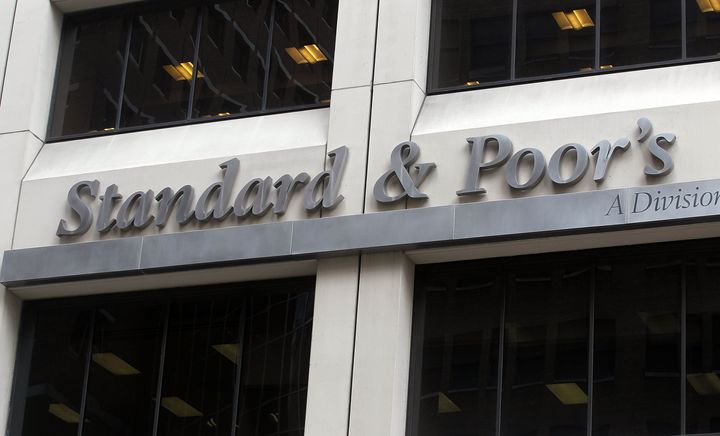
Standard and Poor's (S&P) announcement last Friday that it had stripped the United States of its "triple-A" credit rating was puzzling. What makes S&P's proclamation so curious is that its recent securities-rating track record has been, shall we say, off the mark? Its flawed analysis included a $2 trillion math error. In all my years of teaching math, I never had even the poorest student make a two trillion dollar error. Perhaps, the primary motivating factor for the highly-publicized ratings announcement was S&P's desire to rebuild its tarnished reputation. The downgrade was certainly not based on any substantive analysis of our nation's actual credit quality. The United States Treasury's iron-clad promise to meet our nation's financial obligations remains unquestionably solid.
The Financial Crisis Inquiry, which investigated the recent financial calamity, concluded that, "The failures of credit rating agencies were essential cogs in the wheel of financial destruction." Ratings agencies bestowed "triple-A" ratings on piles of sub-prime mortgage-backed-securities. In the end, the entire U.S. economy was left holding the bag when the "triple-A" ratings turned out to be tragically inaccurate. The indisputable fact is rating agency judgments, or lack thereof, contributed significantly to the economic pain we are feeling right now. So, it is not surprising to me that S&P is now attempting to leverage this tumultuous economic moment to reassert its credibility. But, there are billions of dollars worth of devalued, mis-rated securities that seem to say otherwise.
S&P further damaged whatever speck of that credibility it had left when the documents justifying its U.S. debt credit-rating downgrade included a $2 trillion arithmetic error. Oops. The glaring error, which U.S. Treasury officials quickly brought to S&P's attention, massively exaggerated future federal fiscal deficits. Amazingly, S&P refused to reconsider the downgrade of our nation's debt even after Treasury pointed out that the analysis was based on a basic math error. When the assumptions that you base your analysis on are faulty, then that analysis is not credible. Hey, whenever your math is off by two trillion, don't you always get the wrong answer? The obdurate refusal to reconsider the downgrade shows that S&P had made a committed business or political decision to downgrade, not based on fact-based financial analysis. S&P hasn't allowed silly things like facts or credit quality to get in the way of acting on behalf of the economic interests of S&P.
It is true that we are facing extraordinarily challenging economic circumstances. If history is any guide, America will respond by adapting and innovating. We will emerge from this fiscal crisis a stronger and more resilient nation. We will do this despite illogical and flawed assertions made by subprime players, who are motivated by the desire to reaffirm their seriousness at the expense of U.S. creditworthiness. Investors do not question the "full faith and credit" of U.S. Treasury Securities. Treasury securities are -- and will always be -- the highest quality investments in the world. S&P's flawed downgrade did not change that. The reality is that S&P would need more credibility to downgrade America's credit.